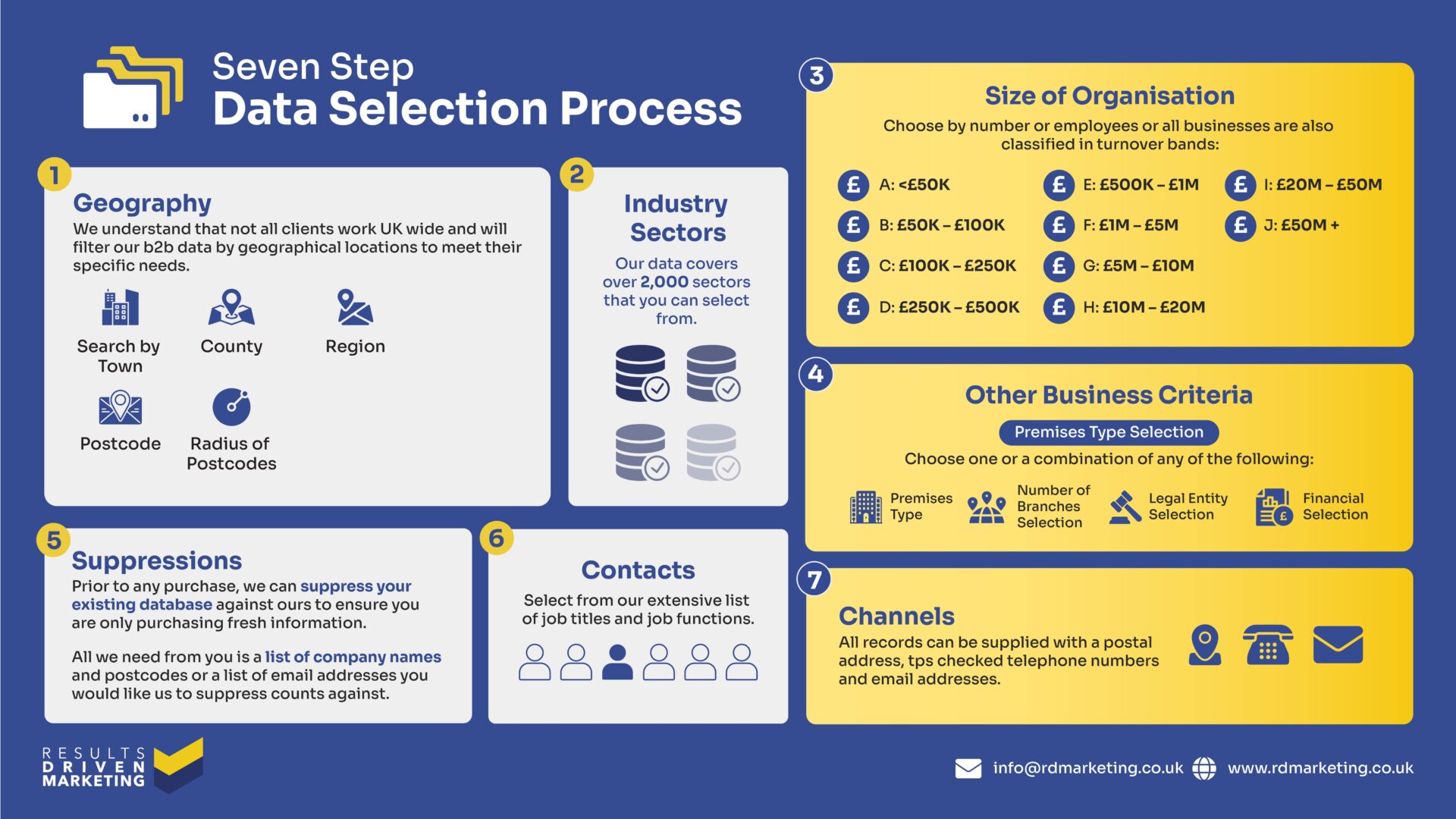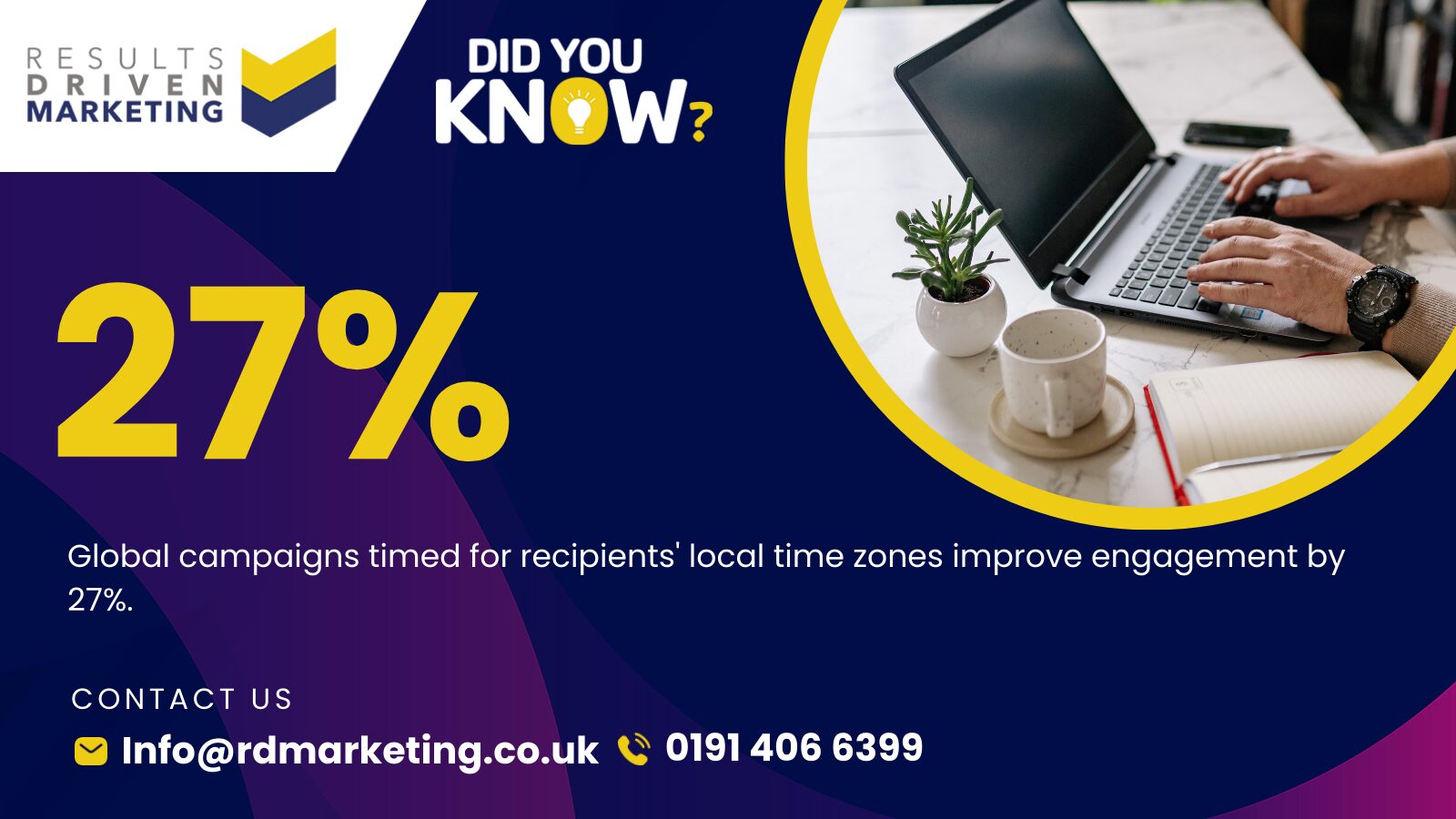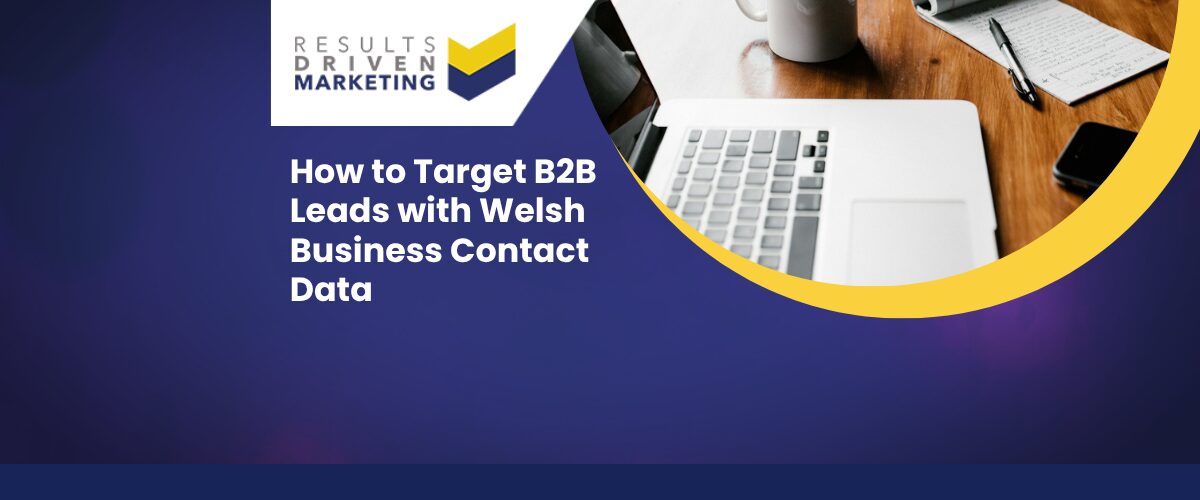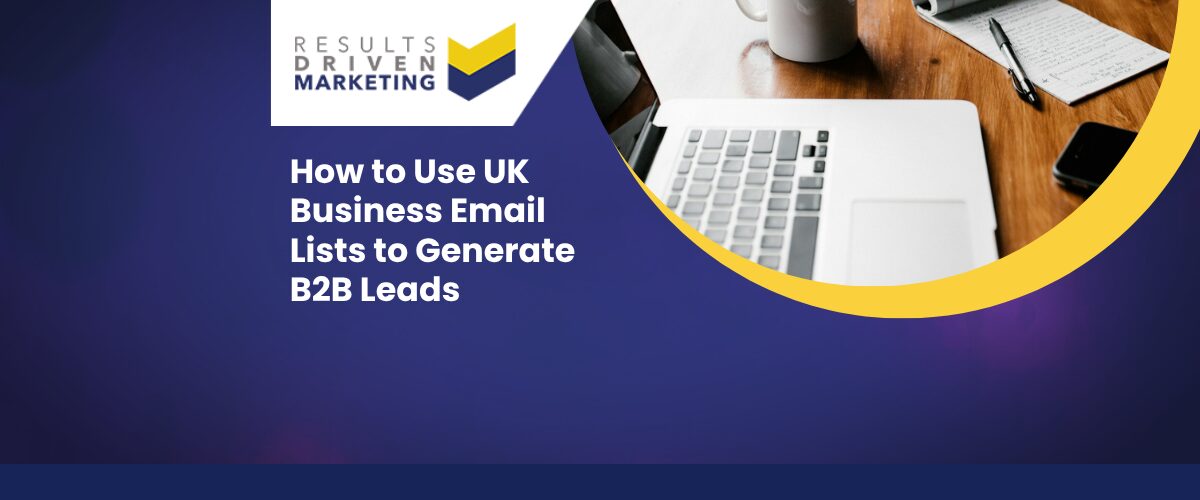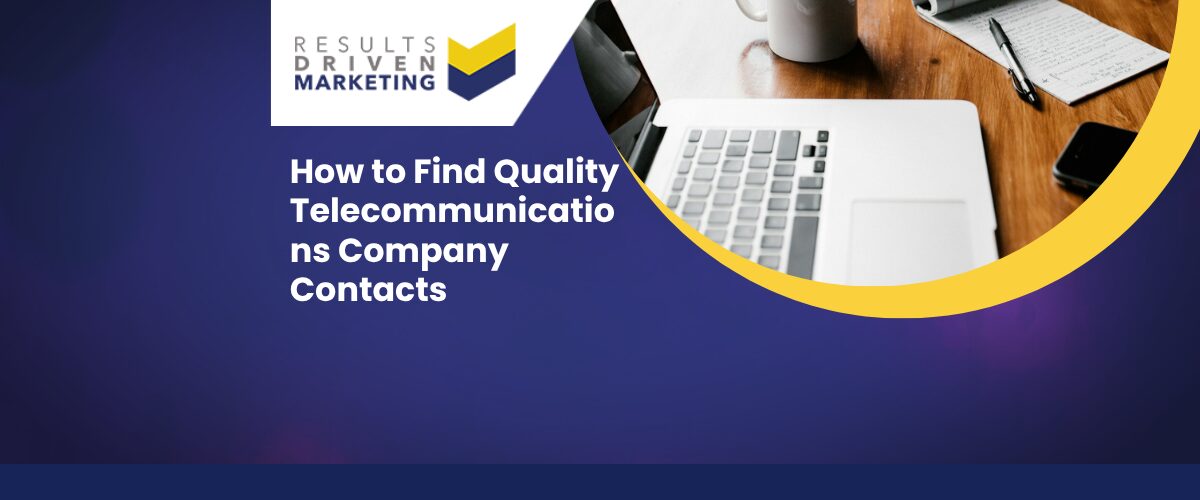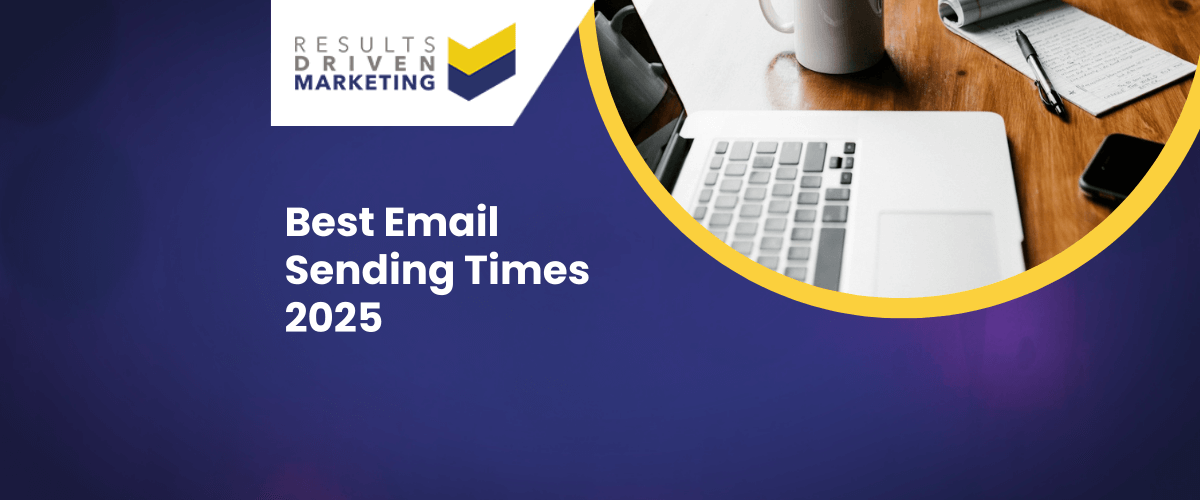
Best Email Sending Times 2025
When it comes to email marketing, knowing the best email sending times can make all the difference. It’s not just about nailing the perfect subject line or designing a great-looking email—it’s also about figuring out the right time to hit send.
Studies show that sending emails at just the right moment can boost open rates by as much as 40% and give your click-through rates (CTR) a serious lift. The timing of your email can decide whether it gets noticed or lost in the chaos of someone’s inbox.
So, why is timing so important? It’s simple—your audience is more likely to engage with your email when it arrives at a time that aligns with their habits. For example:
- Sending B2B emails during mid-morning hours often works best because professionals tend to check emails after settling into their workday.
- Consumer-facing emails perform better in the evenings or weekends when people are more relaxed and likely to browse their inboxes.
But here’s the kicker—timing isn’t a one-size-fits-all strategy. To truly master email marketing, you need to tailor your approach based on your industry, audience demographics, and campaign goals.
That’s why services like Email Address List Data can be a game-changer, offering precise targeting to help you reach the right people at the right time.
By diving into the best time of the day to send a marketing email, you’ll discover actionable strategies that work for B2B, B2C, and global campaigns. Plus, we’ll guide you on using tools like Data Cleansing Services to ensure your email list is accurate and up-to-date for optimal delivery.
Table of contents:
Best Email Sending Times for 2025: A Quick Overview
Finding the best email sending times in 2025 means staying ahead of trends while adapting to audience behaviors. The right timing can turn an average email campaign into a high-performing one. So, when exactly should you hit send this year? Let’s break it down.
Key Times to Send Emails
Based on recent studies and marketing trends, here’s a quick rundown of the most effective times to send emails:
- Mornings (9:00 AM – 11:00 AM): This remains a golden window, especially for B2B campaigns. Most professionals start their workday by checking emails, making this time ideal to capture attention.
- Afternoons (1:00 PM – 3:00 PM): Emails sent after lunch perform well for both B2B and B2C audiences. People often use this time to catch up on tasks, including emails.
- Evenings (6:00 PM – 8:00 PM): For consumer-facing campaigns, evenings are when many people unwind and browse through personal emails.
Shifts in Timing Strategies from 2023
The landscape of email marketing has evolved:
Increased focus on personalisation: Email timing is now tied to user behavior. Tools like Email Marketing Management Services help automate sending based on when recipients are most likely to open emails.
Weekend Engagement: Weekend campaigns, once considered risky, are gaining traction. Data shows that Saturday mornings can be surprisingly effective for consumer audiences.
Global Campaigns: With businesses operating internationally, accounting for different time zones has become essential. Services like our International Email List are perfect for managing global campaigns effectively.
How Trends Shape 2025’s Best Day to Send Marketing Emails
Trends suggest that timing alone isn’t enough—it’s about using analytics to fine-tune your approach. A well-maintained email list can significantly improve delivery rates and engagement. That’s why keeping your data clean and current with Data Cleansing Services is crucial for any email strategy.
For marketers targeting niche industries, using B2B Data can help identify peak engagement times for specific audiences. Pairing this with analytics tools lets you zero in on the best email sending times for your unique campaigns.
Why Email Sending Time Matters
Timing in email marketing isn’t just a minor detail—it’s a game changer. No matter how compelling your subject line is, how perfectly crafted your message appears, or how irresistible your offer sounds, if your email lands in an inbox at the wrong time, it’s as good as invisible.
So, why does timing play such a crucial role in email marketing success? Well, it all comes down to open rates, click-through rates (CTR), and engagement levels. Let’s break it down.
How Timing Affects Open Rates, Click-Through Rates & Engagement
Your email competes for attention in a crowded inbox. Most people don’t sit around refreshing their emails all day—they check them at specific times, often dictated by their routines, job schedules, and even personal habits. If your email doesn’t land when they’re actively engaged, it risks being buried beneath newer messages.
Here’s how sending emails at the best possible times impacts key metrics:
- Open Rates: The likelihood of your email even being seen depends on when it arrives. Send too early, and it might get lost overnight. Send too late, and your audience could already be in “inbox-clearout mode.”
- Click-Through Rates (CTR): Even if someone opens your email, getting them to click is a different story. If your email lands when they’re busy, distracted, or not in the right mindset, they may skim it and move on without engaging.
- Engagement & Conversions: The ultimate goal is action. Whether it’s making a purchase, downloading a resource, or filling out a form, the timing of your email influences whether your audience is in a position to take that next step.
That’s why it’s critical to optimise your email sending times based on when your audience is most receptive. If you’re running email marketing campaigns, strategic send times can significantly boost your results—and that’s exactly what we help businesses achieve with our Email Marketing Management Services.
How Different Industries Experience Email Timing Success
Not every industry follows the same rules when it comes to the best email sending times. Think about it—someone working a corporate job and someone running a small e-commerce business likely check their emails at completely different times.
Here’s how timing varies across industries:
- B2B Businesses: Since professionals typically check their emails during work hours, emails sent between Tuesday and Thursday, around 10 AM to 11 AM, tend to perform best. Avoid Mondays (when inboxes are flooded) and Friday afternoons (when people mentally check out for the weekend).
- E-commerce & Retail: People shop online during their breaks, evenings, and weekends. The best email sending times for e-commerce brands often fall between 8 PM and 10 PM on weekdays or Saturday mornings.
- Healthcare & Wellness: If you’re marketing to doctors or clinics, early mornings or lunchtime windows work best. For wellness and fitness businesses targeting consumers, Sunday evenings and Monday mornings often yield higher engagement.
- Finance & Banking: Financial newsletters and offers tend to perform well on Tuesday or Wednesday mornings, when people are focused on planning their week.
- SaaS & Tech Companies: Emails promoting software, webinars, or tech solutions tend to see the highest engagement when sent between Tuesday and Thursday, 9 AM to 11 AM.
- Hospitality & Travel: People love to plan trips on weekends or during downtime at work. The best time to send emails in this industry is often Friday afternoons or Sunday evenings.
If you’re looking to reach the right audience at the right time, B2B data quality is essential. Our B2B Data Services provide targeted, up-to-date contact lists, helping businesses connect with their ideal customers at peak engagement times.
What the Data Says: Best Email Sending Times for 2025
Several studies have analysed billions of emails to identify the best times to send emails for maximum impact. While there’s no single “perfect” answer, general trends have emerged:
Best Days to Send Emails:
- Tuesday, Wednesday, and Thursday are the top-performing days for email campaigns.
- Monday emails tend to get buried under weekend backlog, while Friday emails may be ignored as people wind down for the weekend.
- Weekend emails can be hit or miss—good for B2C, but lower engagement in B2B.
Best Times to Send Emails:
- 8 AM – 10 AM: People check their inbox first thing in the morning, making this a strong window for open rates.
- 12 PM – 2 PM: The lunchtime window is great for catching people on a quick break.
- 6 PM – 9 PM: Evening emails can work well for B2C audiences who check emails after work.
- Midnight – 4 AM: Emails scheduled for very early morning sometimes get high open rates because they’re the first thing people see when they wake up.
However, the best way to determine optimal send times for your specific audience is through A/B testing and data analysis. If you’re struggling with outdated or low-quality data, our Data Cleansing Services can help you improve accuracy and boost campaign performance.
Breaking Down Best Email Sending Times by Audience
When it comes to optimising your email campaigns, understanding your audience is key. The best email sending times can vary widely depending on whether you’re targeting businesses, consumers, or global audiences. Let’s dive into the specifics and explore how you can tailor your email strategy for maximum impact.
B2B: Best Times for Reaching Decision-Makers
In the B2B space, timing is everything. Decision-makers are often bombarded with emails, so you need to stand out by landing in their inboxes at the right moment.
- Mid-Morning Sweet Spot (9:00 AM – 11:00 AM): This is when most professionals are settling into their workday, making it the perfect time to send emails.
- Early Afternoon Follow-Up (1:00 PM – 3:00 PM): After lunch, many people take a quick email break to catch up.
- Avoid Late Evenings and Weekends: These are typically less effective for B2B audiences unless you’re targeting specific industries.
To enhance your campaigns, consider using B2B Data to precisely target professionals and decision-makers, ensuring your message reaches the right audience.
B2C: Ideal Times for Consumer-Facing Campaigns
Consumer campaigns require a completely different approach. People tend to check their personal emails during downtime, so timing your emails accordingly is crucial.
- Evenings (6:00 PM – 9:00 PM): Many consumers browse their inbox after dinner, making evenings a prime time for engagement.
- Weekend Mornings: Saturdays and Sundays, especially between 8:00 AM and 11:00 AM, are surprisingly effective for capturing consumer attention.
- Mobile Optimisation Matters: Most consumer emails are opened on mobile devices during casual browsing hours.
For consumer campaigns, leveraging Consumer Data can help you segment your audience and personalise your approach, driving higher engagement.
Global Considerations: Navigating Time Zones for International Campaigns
When your audience spans multiple countries, time zones become a critical factor. A one-size-fits-all approach won’t work here—your emails must arrive at the best day to send marketing emails for each region.
- Segment by Region: Divide your list into time zones and schedule emails accordingly.
- Mid-Week Consistency: Mid-week days (Tuesday, Wednesday, Thursday) tend to perform best across most regions.
- Automate with Tools: Platforms like Email Marketing Management Services make it easy to schedule emails for specific time zones.
If you’re running global campaigns, working with an International Email List ensures you can target the right audience in their local time, boosting your overall effectiveness.
Day-by-Day Breakdown: When to Hit Send
The best time of the day to send a marketing email can vary significantly depending on the day of the week. Timing your emails correctly for each day can maximise your open rates and improve your overall campaign performance. Let’s take a closer look at the most effective times to send emails on each day and how midweek compares to weekends.
Monday: Start the Week Right
- Best Time: 9:00 AM – 11:00 AM
- Why It Works: While Mondays can be busy, this mid-morning window catches people after they’ve cleared the initial flood of weekend emails.
- Tip: Use Telemarketing Data to follow up on emails sent early in the week for a multi-channel approach.
Tuesday: A Peak Performance Day
- Best Time: 10:00 AM – 12:00 PM
- Why It Works: Studies show that Tuesdays consistently outperform other days in open rates and engagement. Most recipients are focused and ready to tackle their inbox.
- Pro Strategy: For international campaigns, schedule emails in local time zones using an International Email List to maximise global reach.
Wednesday: The Midweek Magic
- Best Time: 9:30 AM – 11:30 AM
- Why It Works: Midweek offers a sweet spot for reaching both B2B and B2C audiences. People are deep into their workweek routines and more likely to engage.
- Enhancement: Pair with Email Address List Data to ensure precision targeting for your midweek campaigns.
Thursday: The B2B Advantage
- Best Time: 10:00 AM – 1:00 PM
- Why It Works: Thursdays are ideal for sending follow-ups or nurturing leads generated earlier in the week. For B2B audiences, this day performs almost as well as Tuesday.
- Boost Engagement: Keep your email list clean and up-to-date with Data Cleansing Services to ensure your Thursday emails hit active inboxes.
Friday: Casual and Consumer-Focused
- Best Time: 8:00 AM – 10:00 AM
- Why It Works: For B2C campaigns, Friday mornings can perform well as people check emails before heading into the weekend. For B2B, engagement tends to drop after noon.
- Pro Tip: Use Consumer Data for weekend-related offers or promotions targeting casual audiences.
Saturday: A Surprising Opportunity
- Best Time: 9:00 AM – 11:00 AM
- Why It Works: While Saturdays aren’t traditionally strong for B2B, they can work wonders for consumer campaigns. With more relaxed schedules, people are more likely to browse their personal inboxes.
- Recommendation: Use Email Marketing Management Services to automate emails for optimal delivery times.
Sunday: Quiet but Potentially Powerful
- Best Time: 8:00 AM – 10:00 AM
- Why It Works: Sundays can be tricky, but for niche audiences or specific campaigns, this morning slot catches people before they dive into pre-Monday prep.
- Tip: Combine with Direct Mail Data to follow up with both online and offline marketing efforts.
Midweek vs. Weekend Performance
- Midweek (Tuesday to Thursday): These are consistently the top-performing days for both B2B and B2C audiences, offering higher open rates and better engagement.
- Weekends (Saturday and Sunday): Ideal for niche or consumer-focused campaigns but should be used strategically.
Seasonal Trends in 2025: Adjusting Your Email Timing
When it comes to email marketing, timing isn’t just about days or hours—it’s also about seasons and events. The day to send a marketing email often shift during holidays, major events, and industry-specific peak periods. In 2025, tailoring your campaigns to seasonal trends can make a noticeable difference in engagement rates.
Why Seasonal Timing Matters
Seasonal timing aligns your emails with what’s top-of-mind for your audience. Whether it’s holiday shopping, end-of-quarter business decisions, or a global event, syncing your campaigns with the right moment can boost open rates and conversions.
Adjusting Email Sending Times for Holidays and Events
Holidays and Festive Periods
Best Times: During major holidays like Christmas or New Year’s, morning emails (9:00 AM – 11:00 AM) on weekdays perform best. Shoppers and professionals often check their inboxes early before diving into celebrations.
Example: A Black Friday campaign might benefit from an early morning send (7:00 AM) to catch eager shoppers. For such campaigns, segmenting audiences using Consumer Data ensures precise targeting of likely buyers.
End-of-Quarter and Fiscal Year Campaigns
Best Times: For B2B audiences, the final week of each quarter is an excellent time to send offers or follow-ups, especially mid-morning.
Tip: Use Telemarketing Data to follow up on emails with a phone call for higher response rates.
Industry-Specific Events
Best Times: If your audience is tied to a trade show or conference, send event-related emails 2-3 days before the event at peak work hours (10:00 AM – 2:00 PM).
Summer and Vacation Season
Best Times: For B2C audiences, evenings and weekends during summer are ideal. Vacationers often check personal emails during downtime.
Enhancement: Use our Email Address List Data to ensure your campaigns reach active subscribers, even during travel-heavy months.
Black Friday and Cyber Monday Campaigns
Black Friday and Cyber Monday are high-stakes periods where timing becomes critical.
- Best Times for Black Friday Emails:
- Pre-Campaign Warmup: Send teaser emails the Monday before, mid-morning.
- Early Access Sales: Schedule emails for 6:00 AM on Black Friday to catch early risers.
- Last-Chance Offers: A follow-up email around 8:00 PM can remind late shoppers.
- Why It Works: Consumers are actively looking for deals, and precise timing can help you stand out amidst the competition. Automating campaigns with Email Marketing Management Services ensures timely delivery without the hassle.
Global and Cultural Holidays
For international campaigns, it’s crucial to consider local holidays and adjust timings accordingly.
- Example: A campaign targeting Chinese New Year should account for regional time zones and customs. Using an International Email List allows you to customise your strategy for specific countries.
Final Tip: Keep Data Clean and Reliable
Holidays often lead to fluctuating email engagement rates. Ensuring your lists are up-to-date with Data Cleansing Services helps you maintain high deliverability and ensures your holiday emails reach active inboxes.
Data-Driven Tips for Finding Your Best Time to Send Marketing Emails
While general trends can guide your email timing strategy, finding the best email sending times for your unique audience requires a data-driven approach. Analytics tools and testing techniques help pinpoint when your subscribers are most likely to engage, ensuring every email lands at just the right moment.
Use Analytics Tools to Track Performance
Email analytics are a goldmine of insights. Monitoring open rates, click-through rates, and engagement times can reveal patterns specific to your audience.
- What to Look For:
- Peak engagement times for your campaigns.
- Time zones or regional trends among your subscribers.
- Differences in behavior between segments, such as decision-makers vs. consumers.
- How to Get Started:
Platforms like Email Marketing Management Services offer built-in analytics to help you track performance. These tools can highlight the exact times when your emails perform best, whether for B2B or B2C audiences.
Experiment with A/B Testing the Best Email Sending Times
A/B testing allows you to compare the performance of emails sent at different times. By experimenting with your send times, you can uncover hidden opportunities to maximise engagement.
- Steps for A/B Testing:
Divide your email list into two groups.
Send the same email to each group but schedule them at different times. For example:
Group A: Send at 9:00 AM.
Group B: Send at 3:00 PM.
Compare open rates, click-through rates, and conversions.
- Pro Tip: Test various timeframes across different days of the week. Using precise B2B Data or Consumer Data ensures your testing is targeted to the right audience.
Leverage Historical Data
Analysing past email performance can provide valuable clues about what has worked before.
- Key Metrics to Review:
- Best-performing days and times from previous campaigns.
- Engagement differences during seasonal or holiday periods.
- Drop-off rates that indicate less effective timing.
- Next Step: Pair historical insights with up-to-date Email Address List Data to target your audience more effectively as behaviors evolve.
Combine Timing with Segmentation
Timing becomes even more effective when combined with audience segmentation. Different segments—like new subscribers, loyal customers, or prospects—might have varying best time to send marketing emails.
- For B2B Audiences: Segment by industry or job role using Data Enrichment Services to refine your list.
- For B2C Audiences: Segment by behavior, such as purchase history or engagement frequency, to personalise send times.
Automate and Optimise
Manually scheduling emails for the perfect time can be overwhelming, especially for large campaigns. Automation tools make this process seamless.
- What Automation Tools Can Do:
- Deliver emails based on individual recipient behavior, like when they typically open emails.
- Adjust for time zones, ensuring global campaigns reach inboxes at the right local time.
- Provide detailed reports to refine your strategy further.
- Recommendation: Use International Email List services for global campaigns and ensure compliance with tools like CTPS Checker for peace of mind.
Final Thoughts on Data-Driven Timing
Finding the best time to send marketing emails isn’t a guessing game—it’s a continuous process of testing, analysing, and refining. By leveraging analytics, historical data, and segmentation, you can craft a timing strategy that truly resonates with your audience.
And don’t forget, keeping your email list clean and reliable with Data Cleansing Services ensures that your emails reach active and engaged subscribers every time.
RD Marketing’s Email Marketing Solutions
When it comes to mastering the best time to send marketing emails, having the right tools and resources at your disposal makes all the difference.
At RD Marketing, we specialise in providing everything you need to execute highly effective, data-driven email campaigns. From curated email lists to advanced marketing management solutions, we’ve got you covered.
Email Address List Data
A well-targeted email list is the foundation of any successful campaign. With our Email Address List Data, you’ll have access to high-quality, segmented data tailored to your specific audience. Whether you’re targeting decision-makers in the B2B space or consumers for your next big promotion, our lists are designed to help you hit the inbox at just the right moment.
- Key Benefits:
- Fully customisable lists based on industry, location, or job roles.
- Verified and up-to-date data to ensure high deliverability.
- Enhanced targeting for precise timing strategies.
Our email lists are an invaluable resource for identifying and connecting with your audience at the best time to send marketing emails.
Email Marketing Management Services
Timing your emails for maximum engagement can be complex, but our Email Marketing Management Services make it simple. We provide everything from automation tools to in-depth analytics, so you can focus on crafting the perfect message while we handle the rest.
- What We Offer:
- Advanced scheduling tools to align with audience behavior.
- Automated delivery tailored to individual recipient habits.
- Comprehensive analytics to refine your strategy over time.
By leveraging these services, you’ll not only find the best time to send marketing emails but also ensure your campaigns run smoothly and deliver results.
Why Choose RD Marketing?
Here’s how we help you stay ahead of the curve in email marketing:
Data You Can Trust: Our B2B Data and Consumer Data are sourced and verified to ensure accuracy and effectiveness.
Comprehensive Solutions: From Data Cleansing Services to Data Enrichment Services, we help maintain the integrity of your email lists.
Global Reach: With our International Email List, you can tailor campaigns for time zones and cultural preferences worldwide.
Get Started Today
Perfecting your email campaigns begins with having the right data and tools. Visit www.rdmarketing.co.uk to explore our services and discover how we can help you achieve your goals. Whether you need targeted email lists or automated campaign management, RD Marketing has the expertise to help you succeed.
Who are We?
Dedicated to lead generation, Results Driven Marketing provides myriad services SMEs can trust to deliver results.
Our marketing lists are guaranteed accurate to industry high standards, and GDPR compliant and our experience team means that if you are looking to buy data, they make them totally bespoke and highly relevant whether you are looking for email lists, direct mailing lists , international data or telemarketing lists
Our email marketing software and email automation software is highly rated. Responder provides the automation tools you need to put your marketing on autopilot.
We also supply email marketing solutions with our email marketing platform and email automation software.
Have a look a what our happy clients have to say about us on our testimonials page
Call us today on 0191 406 6399 to discuss your specific needs.
Results Driven Marketing
info@rdmarketing.co.uk
Contact Us
0191 406 6399


